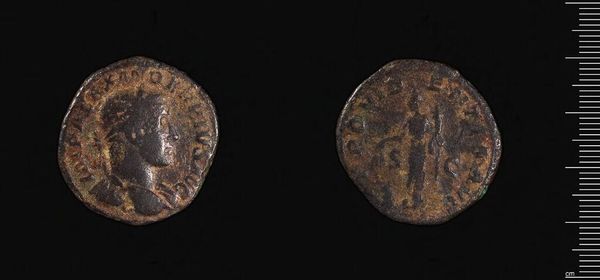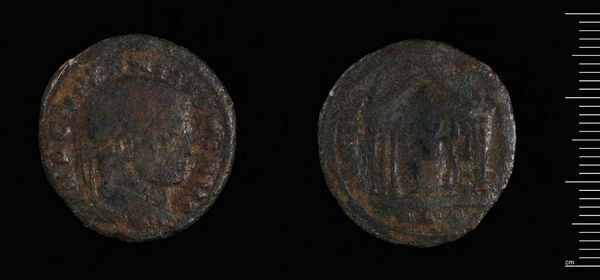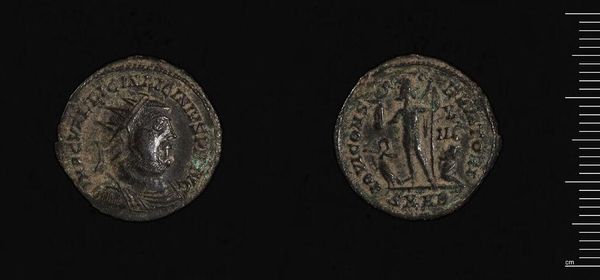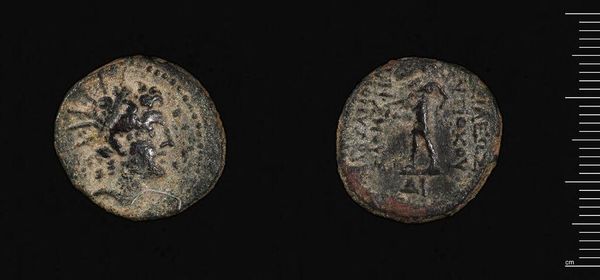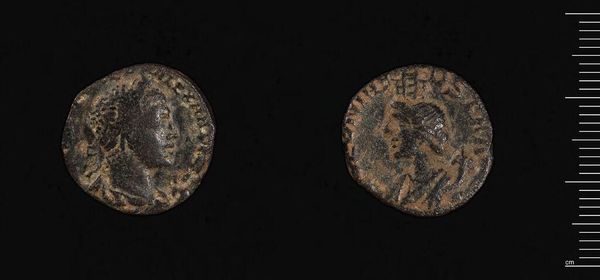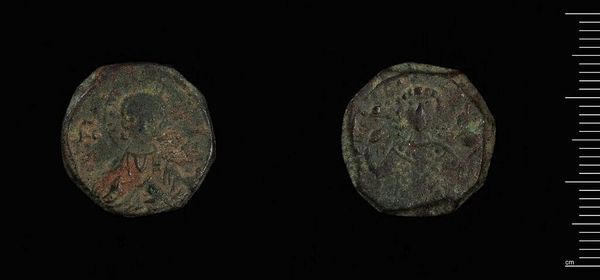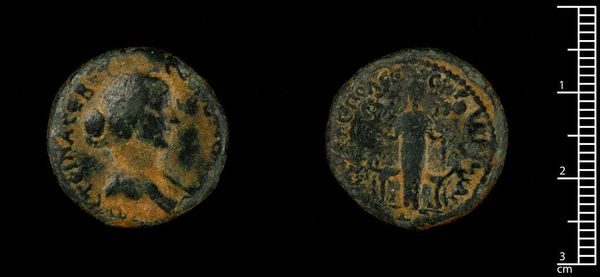
Dimensions: 3.49 g
Copyright: CC0 1.0
Editor: Here we have the Follis of Crispus from Antioch, a small coin currently residing in the Harvard Art Museums. Looking at the worn texture of this coin makes me wonder about its journey through history. What can you tell me about this object? Curator: Let’s consider the minting process. Bronze, a common, readily available material, was used. The coin's production reflects economic realities and material access. How does this mass production and distribution affect our understanding of the emperor's image and power? Editor: That’s fascinating. It makes me think about how accessible these images were. Curator: Exactly. The value lies not just in the coin's face value, but in its role as a tool of political communication, mass produced and circulated. This changes the way we view the emperor's message. Editor: I never thought of it that way! Thanks! Curator: Of course! Thinking about the material conditions transforms our understanding.
Comments
No comments
Be the first to comment and join the conversation on the ultimate creative platform.
